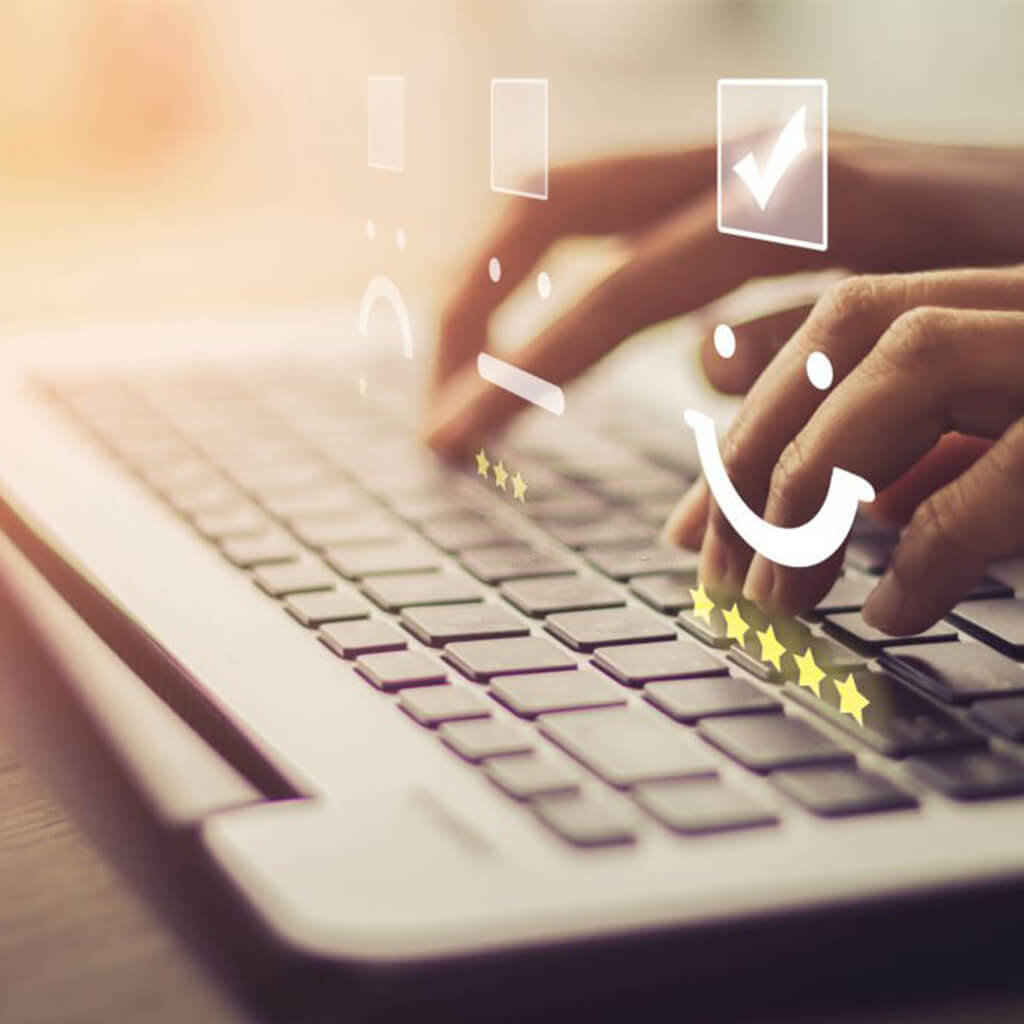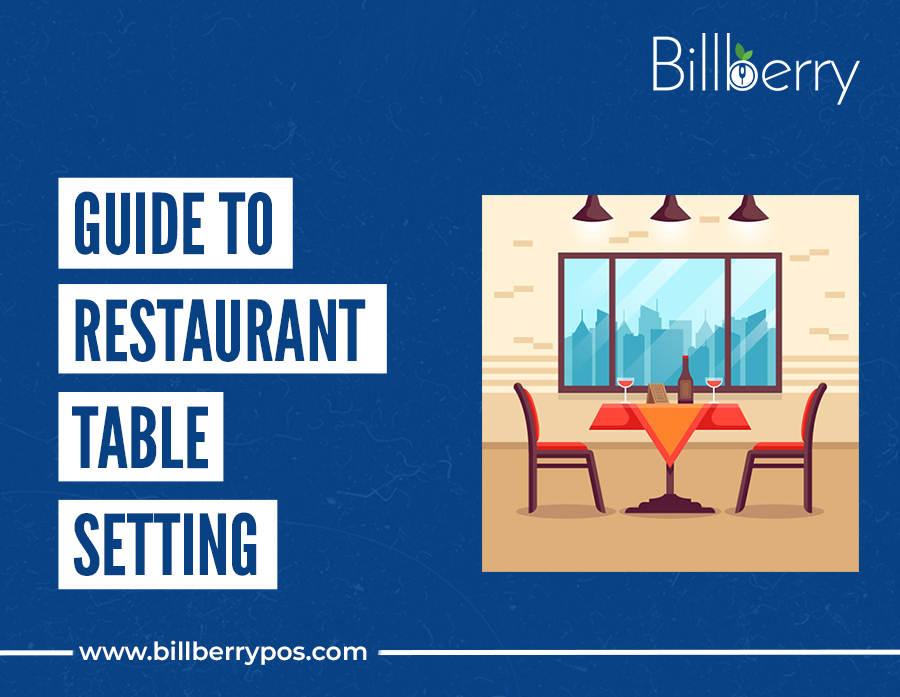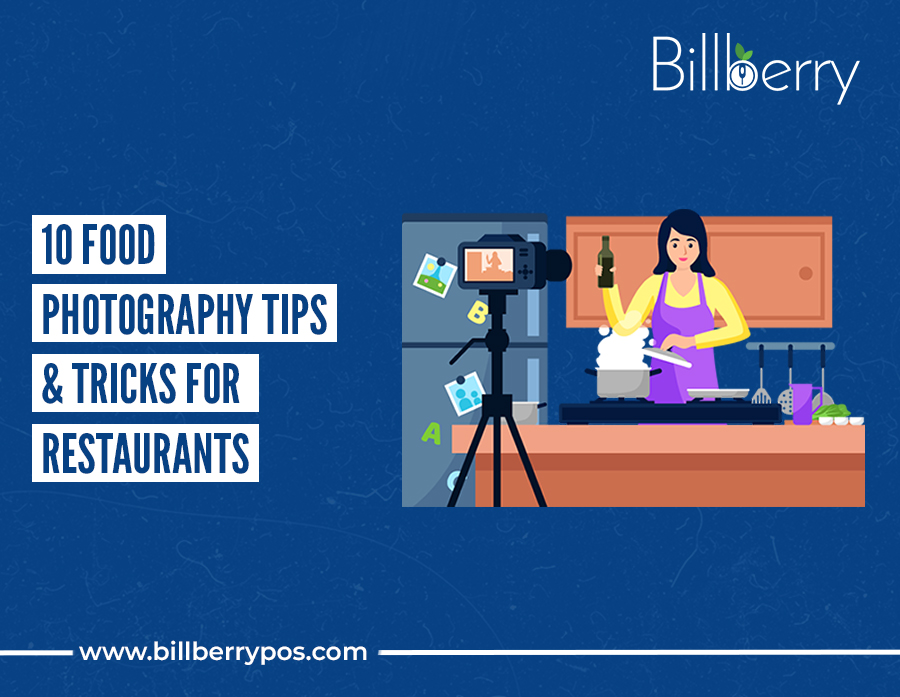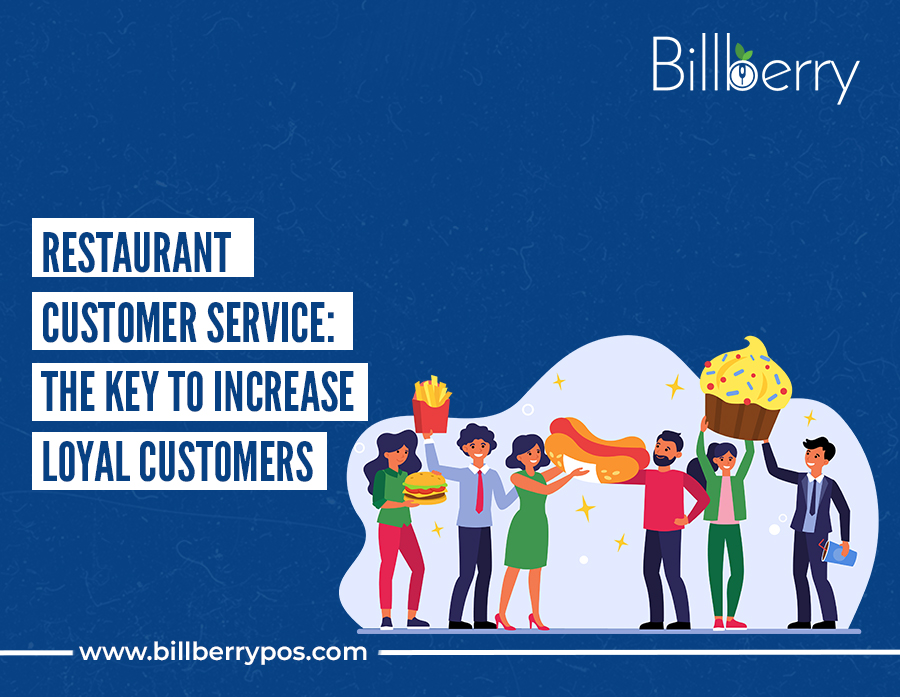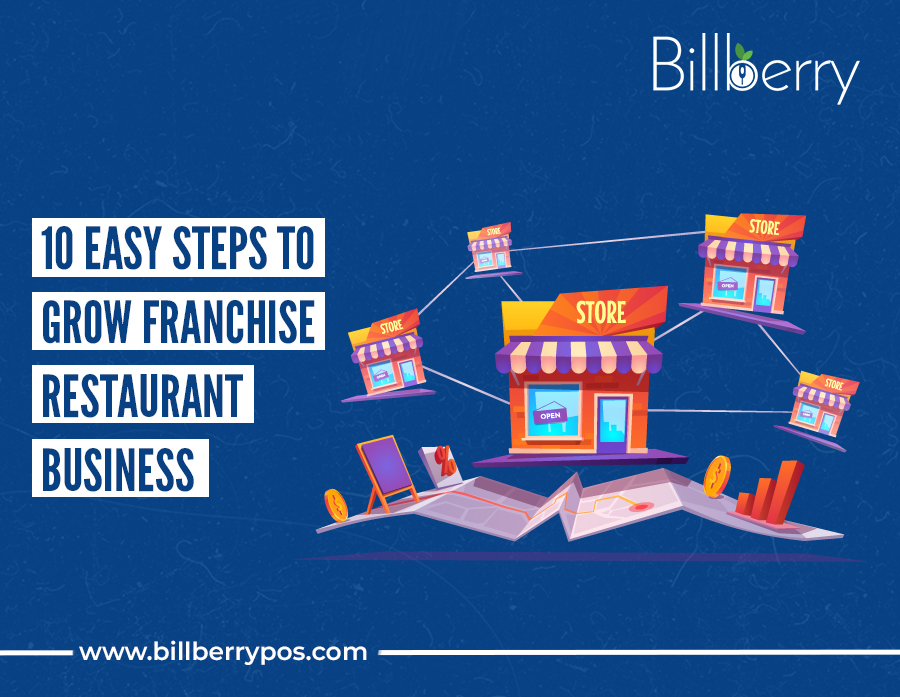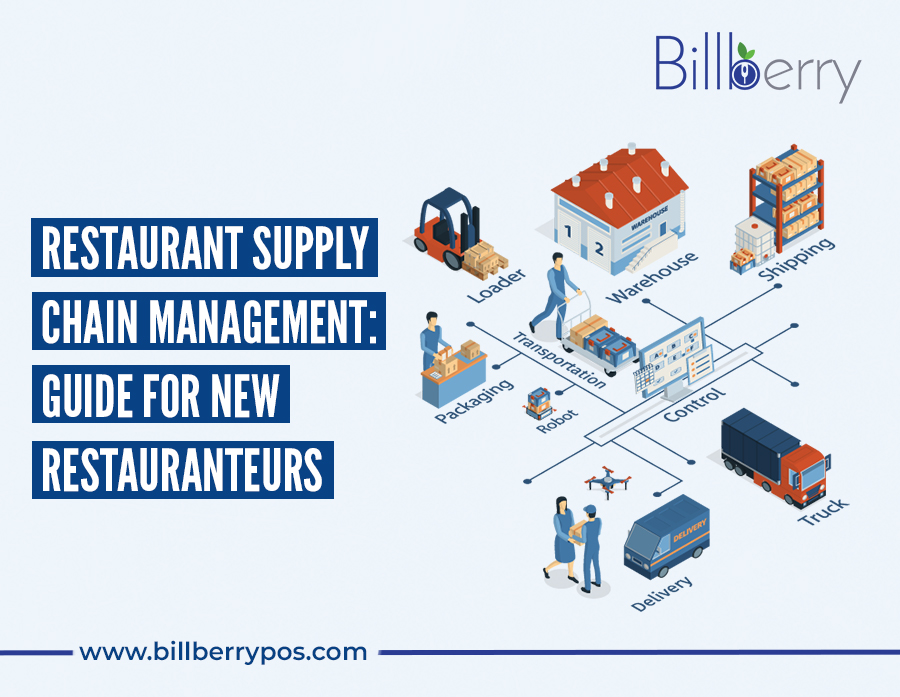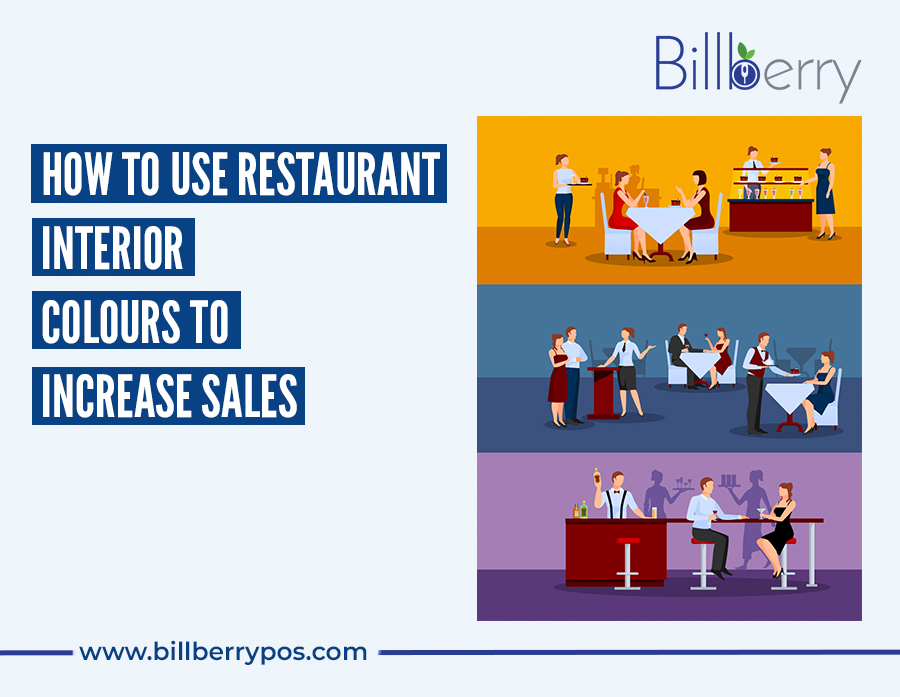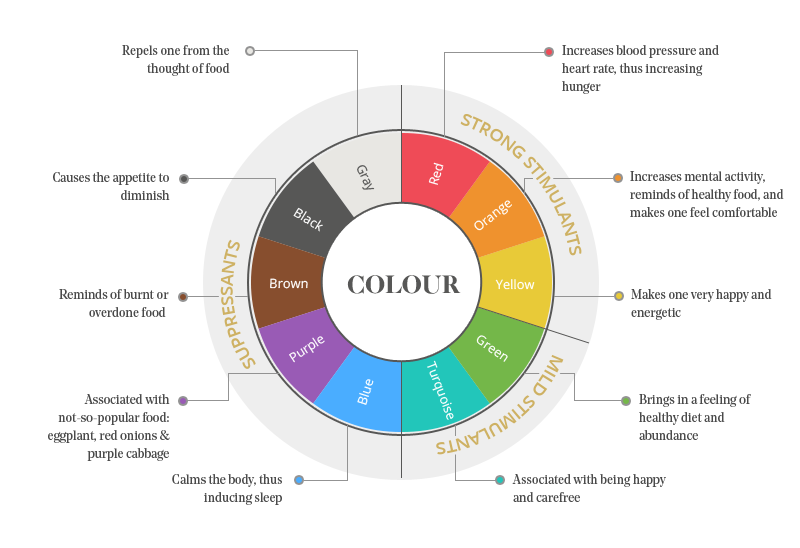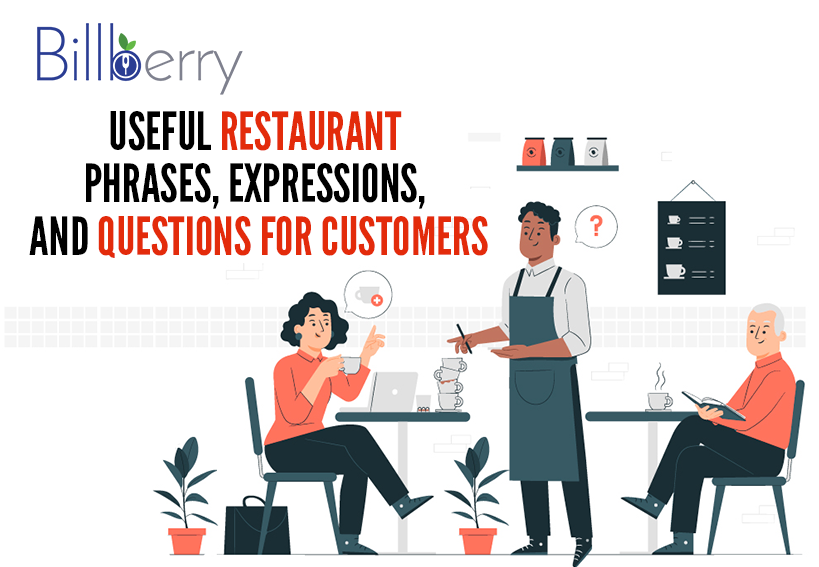According to a report by Statista, the number of mobile augmented reality (AR) user devices worldwide is projected to reach an estimated 1.7 billion by the year 2024, marking a significant increase of 1.5 billion from the figure of 200 million recorded in 2015.
This rapid expansion reflects the growing prevalence of AR technology and its potential for revolutionizing various industries, including entertainment, retail, and education.
As the sophistication of AR devices continues to improve, more consumers are expected to embrace this technology, creating a massive market for AR-enabled applications and services.
These trends underscore the importance of businesses and organizations to incorporate AR technology in their operations and offerings to remain competitive and meet the evolving needs of their customers.
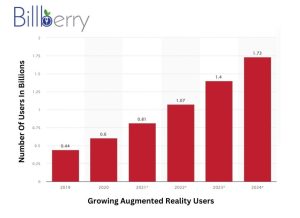
According to Mr. Jatin Singh, a restaurant industry analyst, the integration of augmented reality (AR) elements into restaurant businesses can significantly enhance the dining experience for customers.
By offering 3D renderings of dishes, and even enabling virtual trials prior to ordering, the incorporation of AR technology can create a highly interactive ordering process.
This innovative approach provides customers with a more comprehensive understanding of the menu offerings and enables them to make informed decisions.
The incorporation of AR technology in the restaurant industry can ultimately lead to a more satisfactory dining experience for customers and result in increased sales.
Useful Restaurant Phrases, Expressions, And Questions For Customers – Restaurant English Conversation Guide
By using AR to enhance the menu presentation and provide virtual taste trials, restaurants can create a unique, engaging and memorable experience that differentiates them from their competitors.
These trends highlight the potential of AR technology to transform and revolutionize the restaurant industry, catering to the evolving needs and expectations of customers.
Restaurant Management System – Free Demo
What Is Augmented Reality?
Augmented Reality (AR) technology enhances a person’s physical world experience by superimposing digital information over it, ultimately leading to increased restaurant sales.
Unlike Virtual Reality (VR), which replaces the real world with a simulated one, AR adds an extra layer of computer-generated images and sounds to the existing environment.
AR can be experienced through a variety of devices, including smartphones, tablets, and AR glasses, and it has a wide range of applications in areas such as hospitality, gaming, education, advertising, and manufacturing, among others.
12 Creative Restaurant Menu Designs To Boost Sales
The primary objective of AR is to provide a seamless and natural experience that blends the virtual and physical worlds to create new, enriched experiences for the user.
By integrating AR elements into the restaurant industry, businesses can provide their customers with a more engaging, interactive and personalized experience, resulting in increased restaurant sales and greater customer satisfaction.

Image Source: PEXELS
The AR (Augmented Reality) Opportunity for Restaurants
The restaurant industry can greatly benefit from the integration of the elements of Augmented Reality (AR) technology if used effectively, says Mrs Karishma Patel, a restauranteur with years of industry experience.
Augmented reality is transforming the restaurant sector and has the ability to enhance the customer experience by providing interactive menus at the restaurant facility. This technology can also help restaurants stand out from the competition by offering unique and memorable experiences.
In addition, Mrs Karishma believes, AR can streamline operations by providing real-time data and information to staff, such as customer preferences and order details which can be later used in upscaling restaurant operations.
The Journey Of Swiggy and Zomato Logo – Billberry
The elements of AR incorporated in the restaurant business can also provide insights into customer behavior and preferences, allowing restaurants to make data-driven decisions to improve the customer experience.
Furthermore, Augmented reality in restaurants can help to increase customer engagement and loyalty by providing ongoing entertainment and exceptional restaurant dining experiences.
In near future, the augmented reality holds surreal power to erupt as a potential feature among the other essential restaurant management system features.
The AR opportunity for restaurants is vast and can lead to significant improvements in both the customer experience and overall business success.
Restaurant Management System – Free Demo
Transform Restaurant Menus With Augmented Reality
Along with other modern restaurant features like QR code based food ordering, augmented reality in restaurants can revolutionize the way restaurants present their menus to customers.
With AR, menu items can be brought to life through interactive 3D images, videos, and animations that showcase dishes in a new and exciting way.
Incorporating AR technology in restaurant menus can also provide customers with additional information, such as ingredient lists and nutritional information, enabling them to make more informed decisions about what to order.
This innovative approach allows for a more dynamic and interactive dining experience, reducing the guesswork for customers and increasing their level of engagement.
Furthermore, the AR elements incorporated into the restaurant business can help to minimize waste by allowing customers to preview dishes before ordering and make adjustments to their order in real-time, resulting in more accurate and efficient order placement.
10 Top Restaurant and Cafe Interior Design Themes To Try In 2023
The adoption of AR technology in the restaurant industry has the potential to significantly enhance the customer experience, driving increased engagement and loyalty.
By transforming traditional menus into dynamic, interactive experiences, restaurants can differentiate themselves from competitors and increase sales.
Early adoption of this technology in the restaurant industry could yield substantial rewards and position businesses at the forefront of this evolving trend.

Image Source: PEXELS
New Item Launches At Restaurant With AR
Augmented reality is proving to be a powerful tool for restaurants seeking to launch new items and dishes.
Through the use of AR, restaurants can create exciting and interactive experiences that effectively showcase their latest offerings in a unique and memorable way.
This approach can be highly effective in building anticipation and buzz around new menu items, ultimately leading to increased sales.
Furthermore, AR can be leveraged to provide customers with behind-the-scenes information about the creation of new dishes, thereby making the launch more personal and engaging.
In addition, AR can be used to create gamified experiences that incentivize customers to try new menu items and share their experiences with others, further amplifying the excitement and engagement around the new offering.
What Is The Concept Of Cloud Kitchen?
By integrating AR technology into their new item launches, restaurants can differentiate themselves from competitors and leave a lasting impression on customers.
The potential benefits of using AR for new product launches are vast, and forward-thinking restaurants that embrace this technology are likely to see positive results.
Equipping Restaurant Staff With AR Training
To ensure the successful implementation of augmented reality menus in restaurants, it is crucial that restaurant staff receive thorough training that provides a comprehensive understanding of the technology and its benefits.
The training should introduce staff to the concept of augmented reality and how it can enhance the dining experience for customers, as well as provide practical instruction on the setup and use of the AR menu software.
This may include training on software installation, familiarization with the user interface, and effective use of the technology to provide an interactive and engaging menu experience.
Café Vs Restaurant: Understanding The Difference
In addition, staff training should include troubleshooting and customer support to address any issues that may arise while using the AR menu.
Ongoing training and updates on the technology can help ensure that staff remain up-to-date and confident in their ability to use the AR menu technology effectively.
AR Menu Roadblocks In The Restaurant Industry
The integration of augmented reality menus in the restaurant industry may encounter several obstacles that could hinder their adoption.
Foremost among these challenges is the high cost of investment in AR technology and software, which may be unaffordable for some restaurants.
Moreover, the lack of technical expertise among restaurant staff may pose a difficulty in the installation, management, and troubleshooting of the AR menu system.
Technical glitches and malfunctions may further disrupt service and cause inconvenience for customers and staff.
How To Create A Restaurant Management Checklist
The use of AR technology also raises concerns about the privacy and security of customer data, as their information is collected and stored by the system.
Additionally, there may be resistance to change from customers who are more comfortable with traditional menus, and may not be familiar with AR technology.
Addressing these challenges requires the development of strategies that focus on finding cost-effective AR solutions, increasing technical knowledge and support among staff, ensuring data privacy and security, and managing customer expectations and preferences.
Conclusion
In summary, the incorporation of augmented reality in restaurant menus represents a significant advancement for the future of the dining industry, offering a one-of-a-kind and interactive experience for customers, which provides them with an in-depth understanding of menu items and their constituents.
Furthermore, it presents a unique opportunity for restaurants to strengthen their brand, increase customer engagement, and boost sales.
Given the burgeoning popularity of AR technology, it is only a matter of time before augmented reality menus become ubiquitous in dining establishments worldwide.
This cutting-edge development not only enhances the dining experience but also has the potential to transform the way we interact with menus and food.
Moreover, this informational article is fabricated by the content experts at Billberry that is an all-in-one restaurant management system that is equipped with all the latest technology that is needed by a restauranteur to skyrocket their business to another level.
Take a glance at how our platform’s immense capabilities by scheduling a free demo today and learn how incorporating it into your business can upend your entire restaurant operations for good!
Restaurant Management System – Free Demo







